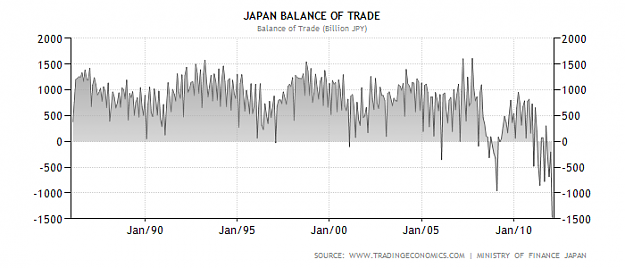Market Analysis: Euro
Futures Indices:
Another day of general weakness across the board as risk aversion continues.
http://i39.tinypic.com/5pltp1.jpg
Commodities (Gold, Oil):
Another high for gold adding $20...yet another indicator of risk aversion. Bloomberg is reporting that China continues huge asset purchases of gold and is diversifying their reserves with diamonds. In addition, Oil prices continue to get pushed up with the Iran sanctions and their refusal for nuclear examination. We may see a humungous spike in addition to the gain we've seen if Israel strikes. This is most likely where risk dollars will be positioned as you can see from the consolidation happening.
http://i43.tinypic.com/2im8a5v.jpg
News:
Some key news out of Germany will be our first test of bulls and bears this week. A higher than expected number will drive optimism and may cause a bit of temporary amnesia as it relates to the Greek debt woes (to be revisited in 2 months remember). US Unemployment claims will also rock things as it normally does, I expect this to be a lower than expected number as the US recovery continues which should be bullish for the Euro however as recent correlations have become a little non-traditional, we need to be wary and trade the technicals here.
http://i44.tinypic.com/2zibn2b.jpg
What Could Happen?
London Equities Open (08:30AM UK): Bearish at the equities open as currency is moved back to US dollars down to demand levels around 1.32 until NY equities open.
NY Equities Open (08:30AM NY): It's likely there will be a small rally at the equities open leading to consolidation until the release of Unemployment numbers. If positive, then we should see a continuation of the rally however if negative this could be what we need for a continuation of bearish movement.
What Could We Do?
A wider range should be established today from 1.33 to 1.32 so effectively a 100.0 pip range. Fade the highs and buy the lows seems sensible. Keep stops tight until a trend shows itself or be prepared to average your positions. My bias is bearish so shorting with your preferred technical entry method is probably best.
Futures Indices:
Another day of general weakness across the board as risk aversion continues.
http://i39.tinypic.com/5pltp1.jpg
Commodities (Gold, Oil):
Another high for gold adding $20...yet another indicator of risk aversion. Bloomberg is reporting that China continues huge asset purchases of gold and is diversifying their reserves with diamonds. In addition, Oil prices continue to get pushed up with the Iran sanctions and their refusal for nuclear examination. We may see a humungous spike in addition to the gain we've seen if Israel strikes. This is most likely where risk dollars will be positioned as you can see from the consolidation happening.
http://i43.tinypic.com/2im8a5v.jpg
News:
Some key news out of Germany will be our first test of bulls and bears this week. A higher than expected number will drive optimism and may cause a bit of temporary amnesia as it relates to the Greek debt woes (to be revisited in 2 months remember). US Unemployment claims will also rock things as it normally does, I expect this to be a lower than expected number as the US recovery continues which should be bullish for the Euro however as recent correlations have become a little non-traditional, we need to be wary and trade the technicals here.
http://i44.tinypic.com/2zibn2b.jpg
What Could Happen?
London Equities Open (08:30AM UK): Bearish at the equities open as currency is moved back to US dollars down to demand levels around 1.32 until NY equities open.
NY Equities Open (08:30AM NY): It's likely there will be a small rally at the equities open leading to consolidation until the release of Unemployment numbers. If positive, then we should see a continuation of the rally however if negative this could be what we need for a continuation of bearish movement.
What Could We Do?
A wider range should be established today from 1.33 to 1.32 so effectively a 100.0 pip range. Fade the highs and buy the lows seems sensible. Keep stops tight until a trend shows itself or be prepared to average your positions. My bias is bearish so shorting with your preferred technical entry method is probably best.
